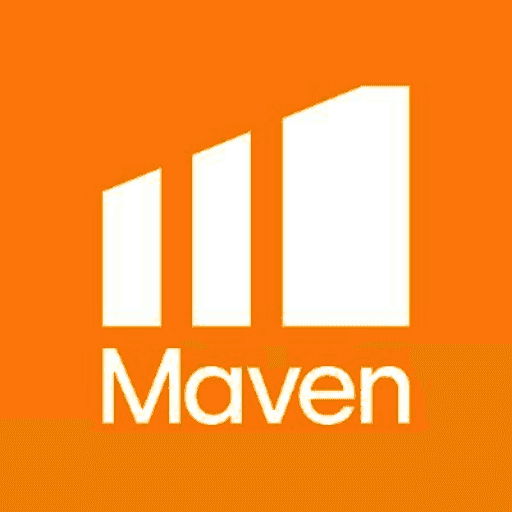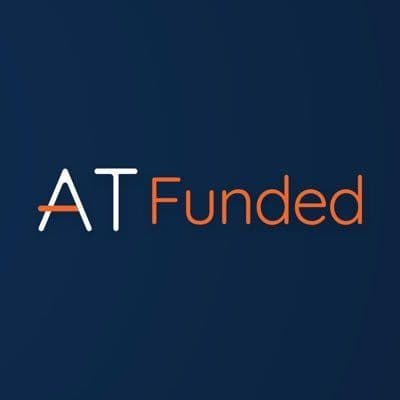Copy Coupon Code to Get
Up to 25% Off 🎉

Klein Funding
Crypto
GB
CEO: David Allard
Bybit
Wire Transfer/ Bank Transfer
Crypto
Wise
Crypto
Credit/Debit Card
PayPal
Bybit
Klein Funding Trading Rules Explained: Drawdown, Leverage & More | The Trusted Prop

Klein Funding Trading Rules Explained: Drawdown, Leverage & More | The Trusted Prop
11/10/2025
Introduction
First of all, if you are willing to dive into the exciting world of prop trading and thinking of firms like Klein Funding, it is an absolute must to know what the trading rules are - with special emphasis on drawdown and leverage. This blog aims to explain in detail Klein Funding's evaluation rules along with drawdown limits, leverage settings, reward splits, etc. So, trading under the guidance of these rules will not only make perfect sense to you but also ensure that you don't violate the rules if you happen to be a trader of any experience level.
What is Klein Funding & Why The Rules Matter
- Klein Funding is a prop trading firm of the future that provides traders with demo accounts (virtual funds) to make a skill demonstration.
- It is a virtual trading but real-market environment. Nevertheless, the firm is quite firm about setting tight regulations around this, like drawdown limits, daily drawdown and leverage caps. While these enforce the firm's capital exposure risk, they also give you some breathing space, so you do not go deep into losses of your own.
Grasping and sticking to those rules will give you the green light to move on to a funded account. These are the main rule categories clarified.
Drawdown Rules: Max Drawdown & Daily Drawdown
Max Drawdown
- The "max drawdown" is one of the most pinpointed rules (also referred to as "total drawdown" or merely "drawdown limit"). To illustrate, Klein Funding's Standard plan features a max drawdown of 6% in the "Static" mode.
- The thing is: if an account balance of yours decreases by or is lower than 6% of the original virtual capital then you are breaking the rule and the evaluation will stop (you will not manage to pass the test).
Daily Drawdown
- Moreover, an overall drawdown has a "daily drawdown" limit- that is the losses in a single trading day should not go beyond a certain percentage (e.g., 3%).
- This matters a lot because it enables risk control on a daily basis and thus, maverick players are prevented from performing a highly aggressive drawdown even if their total losses are still within the bigger limit.
Why Both Matter
- The maximum drawdown rule prevents your account from suffering major cumulative losses.
The daily drawdown rule saves you from total destruction in one lousy session. - Combined, these two rules outline your risk management plan: you are forced to trade in a conservative manner, employ stop losses, take control of position sizing and the leverage used.
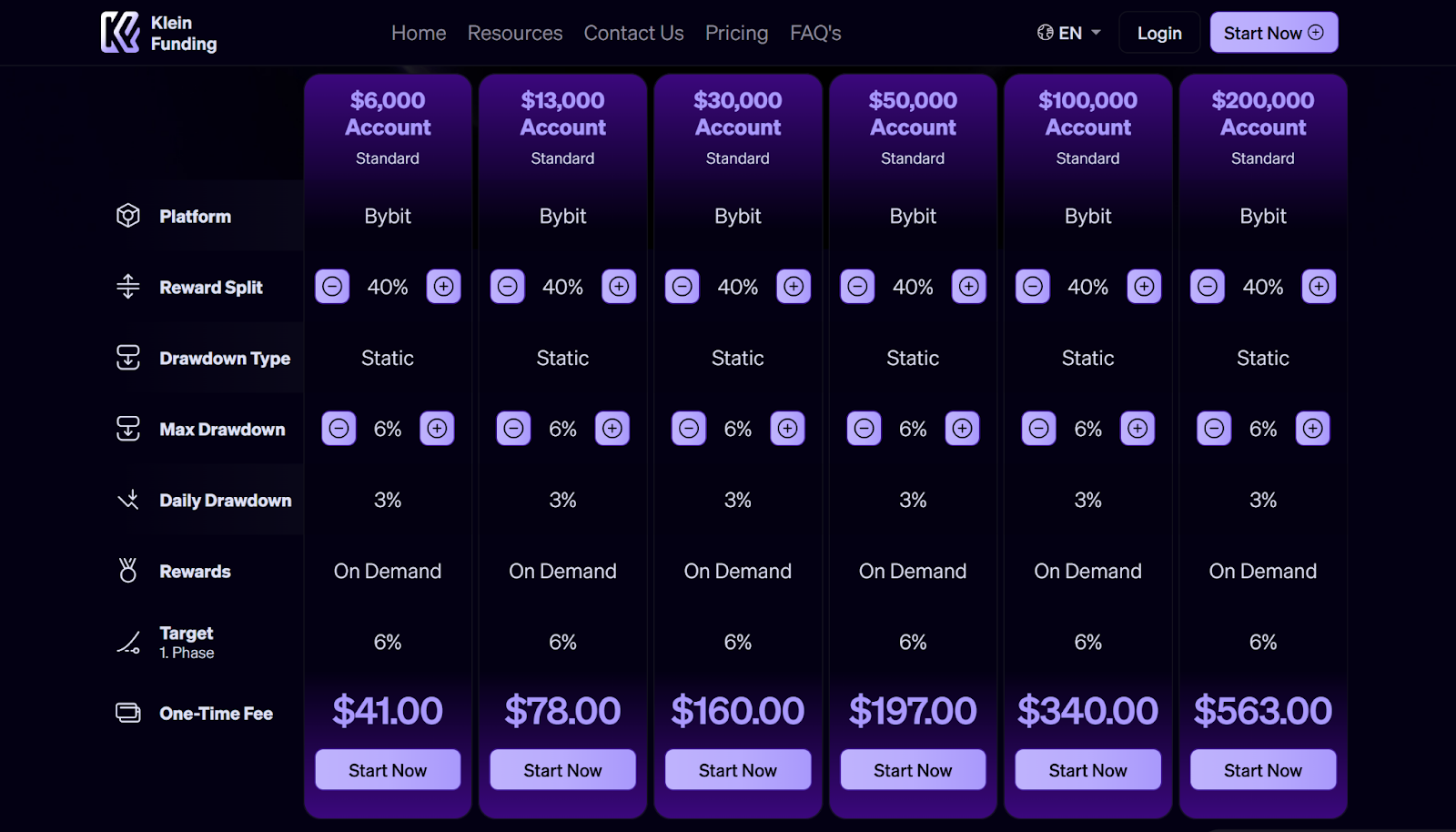
Leverage Settings Explained
- Leverage is the amount of virtual capital one can use in trading relative to one's own margin. Klein Funding allows for trading leverage of up to 1:100 for certain plans.
- It simply implies that for every $1 of your margin, you are capable of controlling notional trading worth $100 (under virtual simulated conditions).
Why Leverage Matters Under Trading Rules
- Very high leverage increases the profits and losses to the same extent. The drawdown limit may be hit very quickly due to a very small market move.
- Without discipline, using maximum leverage together with strict drawdown rules is a very dangerous game.
- Traders must also think about using even lower leverage, tighter stop-loss orders, and smaller sizes if they want to comply with drawdown limits and at the same time reach their profit targets.
Target Profit & Reward Split
- Besides averting drawdown breaches, you must achieve a target to be able to pass the evaluation. For instance, Klein Funding's Standard plan mentions a target of 6% (for specific account sizes) under phase 1.
- Afterward, you can enjoy the profit made by sharing it with the company. An example of Klein Funding's Standard plan is the 40% payout share (from the given scenario) for that evaluation.
- That is to say, when they are funded, they are allowed to retain 40% of the profits that they generate (the rest goes to the firm).
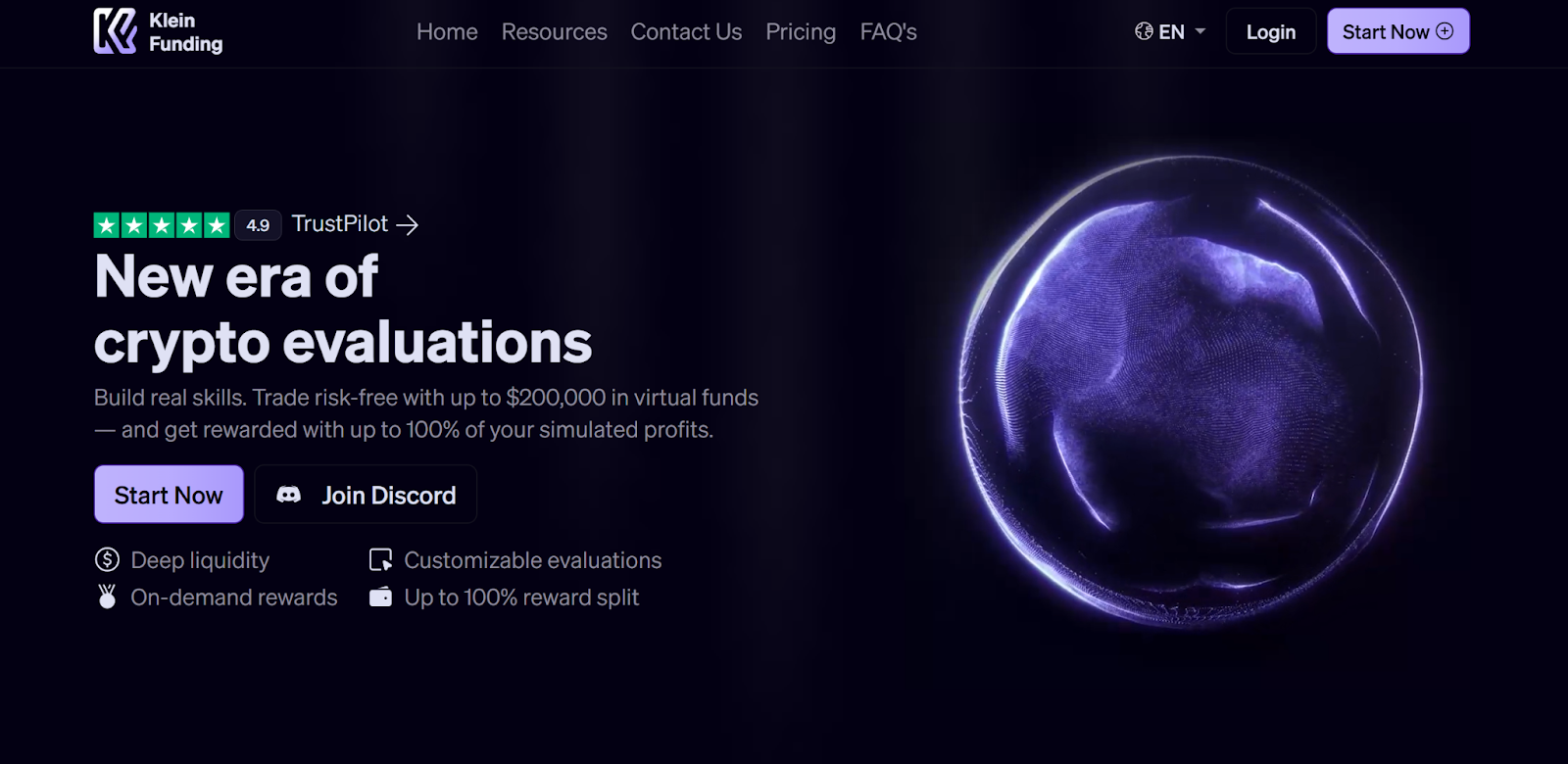
Static vs Smart Drawdown Type
Klein Funding describes different drawdown types:
A "Static" drawdown means that the drawdown limit is based on the initial equity and remains unchanged. By contrast, a "Smart" or dynamic drawdown can have resets or more flexibility (depending on the agreement).
It is important for traders to have a drawdown plan of the type that fits their trading strategy:
- In case you trade over many days and expect account fluctuations, you could benefit from a flexible drawdown.
- If you are a high-frequency trader or a scalper, then a strictly static drawdown means that you have to keep your losses very small at all times.
Strategy tips to stay compliant and succeed
Here are behavior-based practical examples of a Klein Funding-regulated trader:
- Position with good sense: Considering a max drawdown of, e.g., 6%, put your risk per trading much lower (like 0.5-1% of the trading account).
- Add stop-loss and take profit orders: It's better to not open trades without defined risk.
- Put a cap on the loss of each day: Suppose daily drawdown might be 3% - halt trading once that limit has been met during the period.
- Work with leverage properly: Though a max of 1:100 is allowed, there is nothing wrong with trading at less leverage (like 1:30) to lessen the chance of quick heavy losses.
- Don't lose your head in trading: As you have to comply with drawdown while hitting the target, patience prevails.
- Keep a diary of your trades: Recording aids in recognizing causes that bring losses with respect to rules and also helps in polishing your risk management.
Why These Rules Benefit Both Trader & Firm
- The drawdown limits (for the firm) serve as safeguards for virtual capital, open ways for a business model that is sustainable, and attract traders that perform well.
- The limits help on your side as well: they bring about discipline in trading, thus curbing overtrading of an emotional nature and providing a kind of risk management that you will need throughout your trading career.
- When you approach it as mere training (and not reckless gambling), you acquire the skills needed for success with a funded account.
Common Mistakes to Avoid
- Not giving importance to daily drawdown: There are so many traders who only look at total drawdown but disregard that big losses in one day can cause failure.
- Over-leveraging: Just by working with a full 1:100 and not taking into account funded volatility and drawdown means that the risk is very high.
- No stop-loss strategy: If traders leave their trades open overnight or in the crypto market, their drawdown can breach very quickly.
- Chasing profits instead of consistency: As the target is small (e.g., 6%), doubling your funded account while risking close to the limit is not the right way.
Conclusion
Knowing the trading rules at Klein Funding - particularly max drawdown, daily drawdown, leverage settings and targets that gives you the opportunity to trade wisely and set the goal of a funded account. These rules are not only limitations, they are the framework that supports your growth as a professional trader. In case you apply disciplined risk management, show respect to the rules and trade with your strategy, you will greatly improve your chances of passing the evaluation and getting a profit split funded account.
Start Trading - Explore 400+ prop firms via The Trusted Prop site!
Unlock your funded trading potential - Learn Klein Funding drawdown limits and leverage settings for your success!
You may also like
FundedElite Challenge Accounts: Our Honest 2025 Review
.jpeg&w=1920&q=75)
How to Get Started with FTMO: Full Guide for Indian Traders in 2025
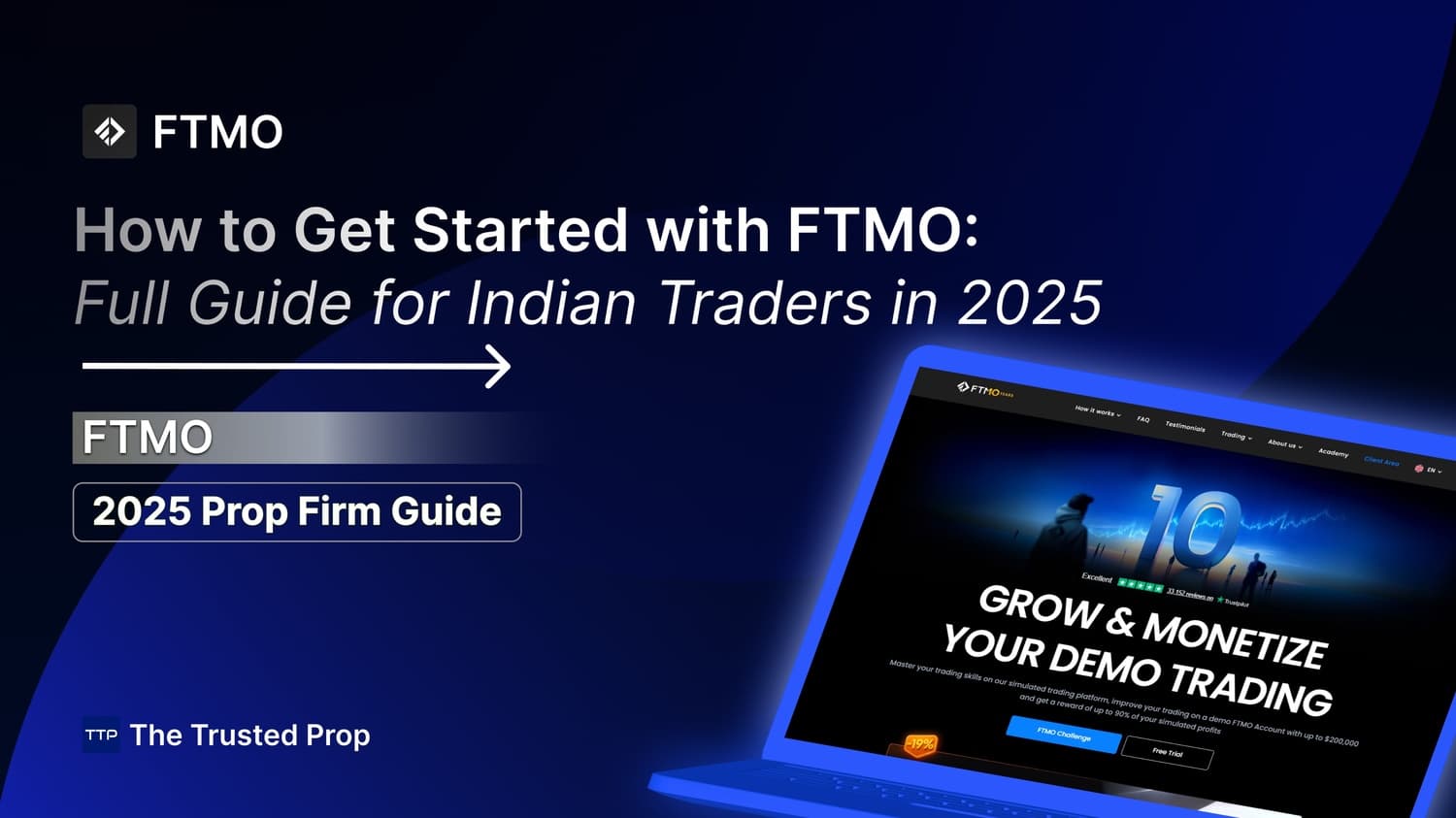
My Forex Funds Relaunch 2026: Is It Coming Back Officially?
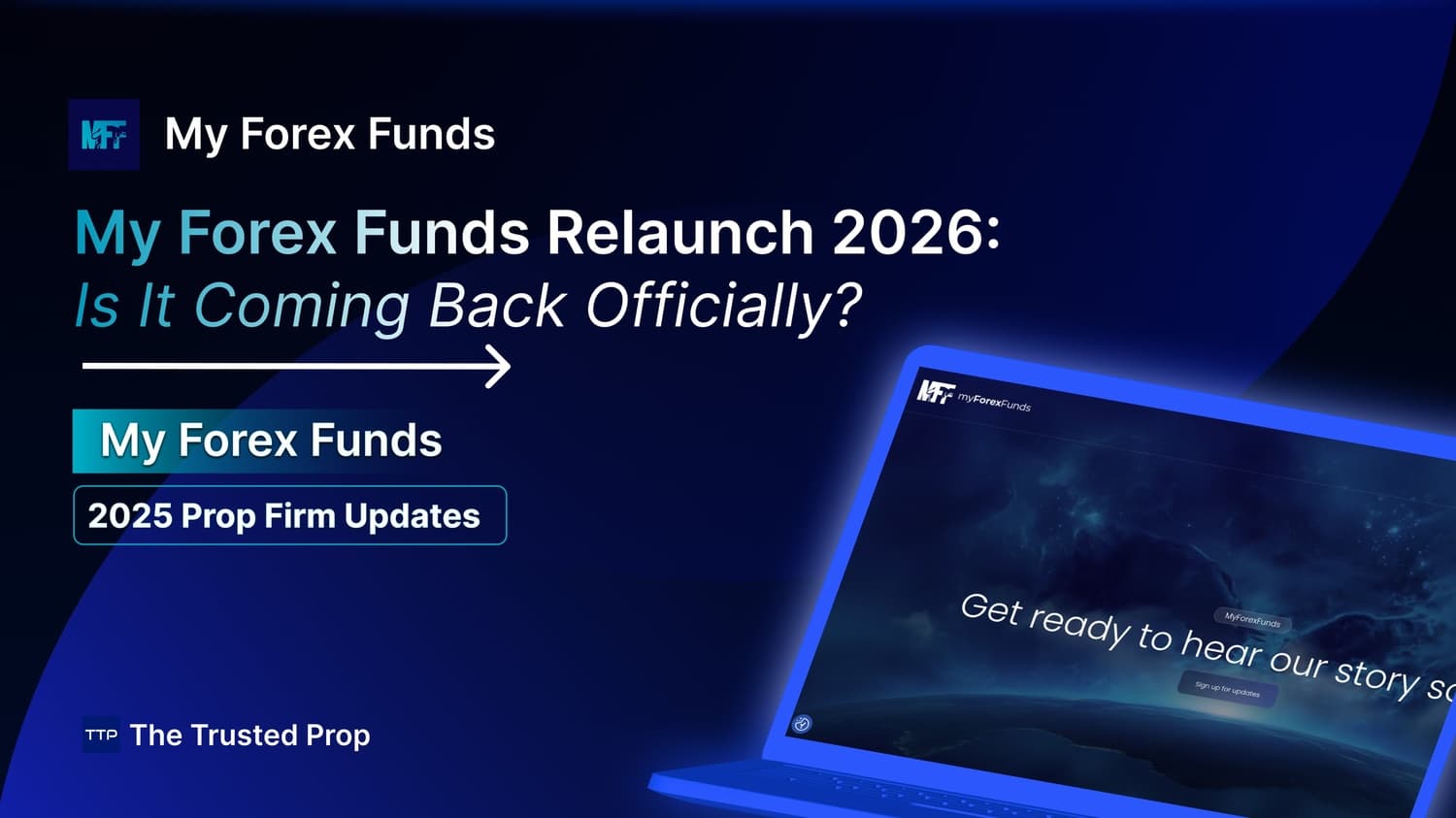
iFunds Prop Firm Payout Rules, Profit Split & Scaling 2025

How to Pass the FTMO Challenge FAST: Full Guide for Indian Traders

FORFX Payouts, Profit Split & Withdrawal Rules (2025 Guide)
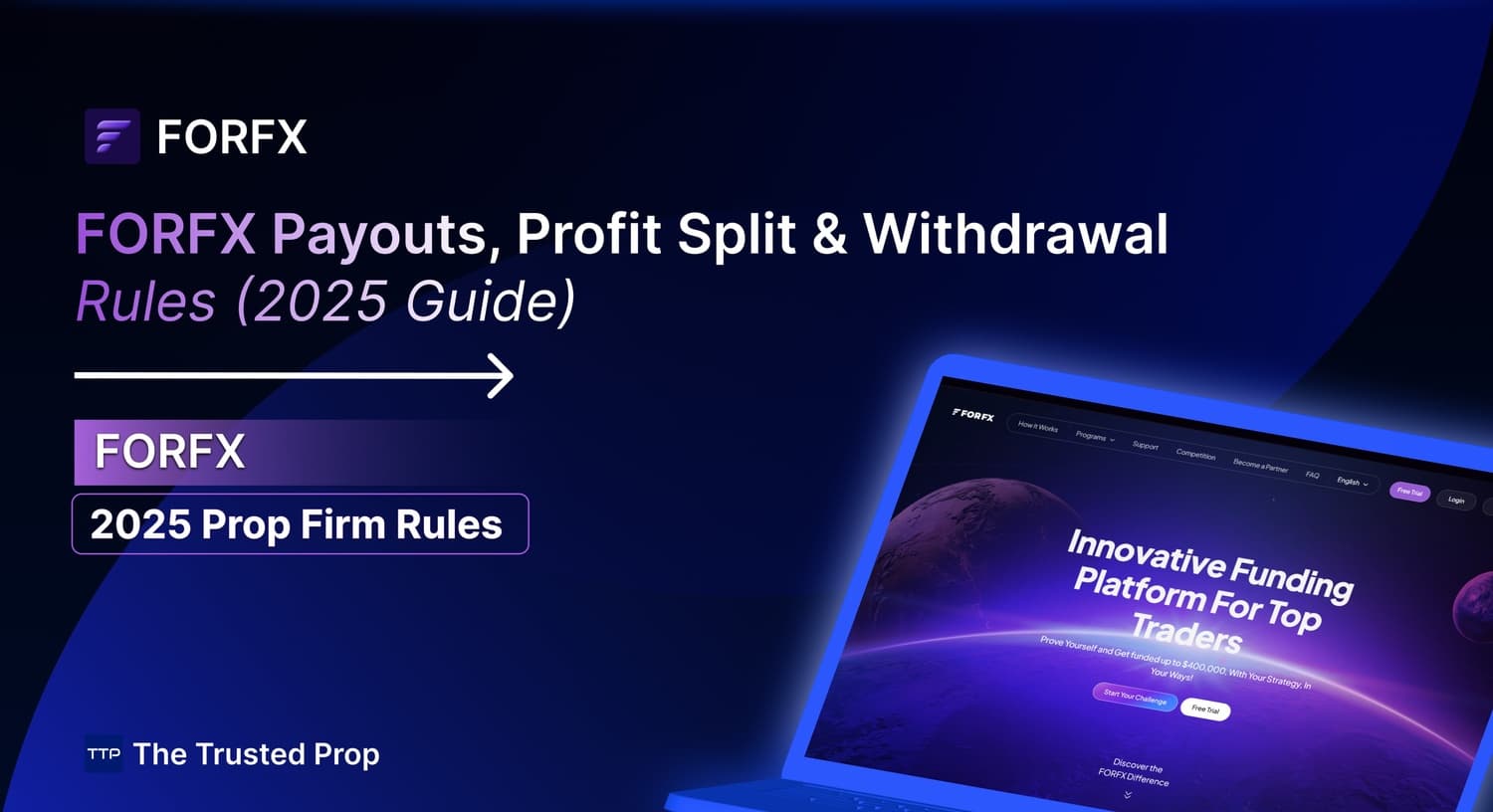
Top Prop Firm Trading Competitions of 2026: Win Free Accounts
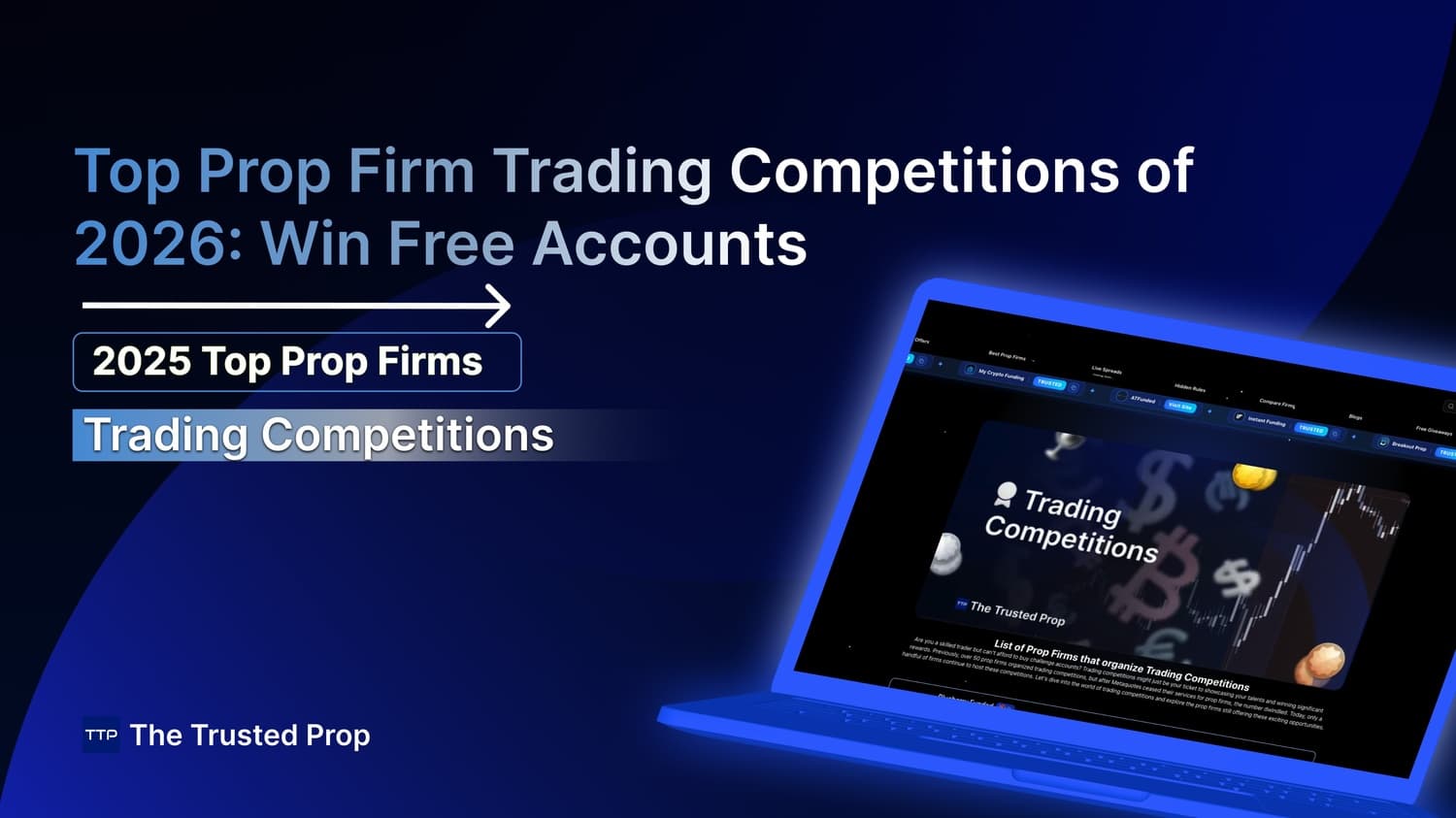

.jpeg&w=3840&q=75)




